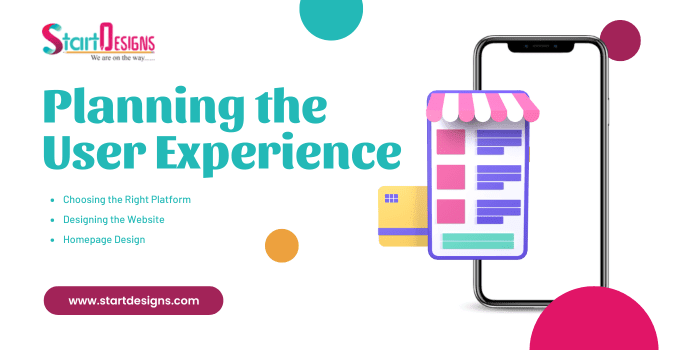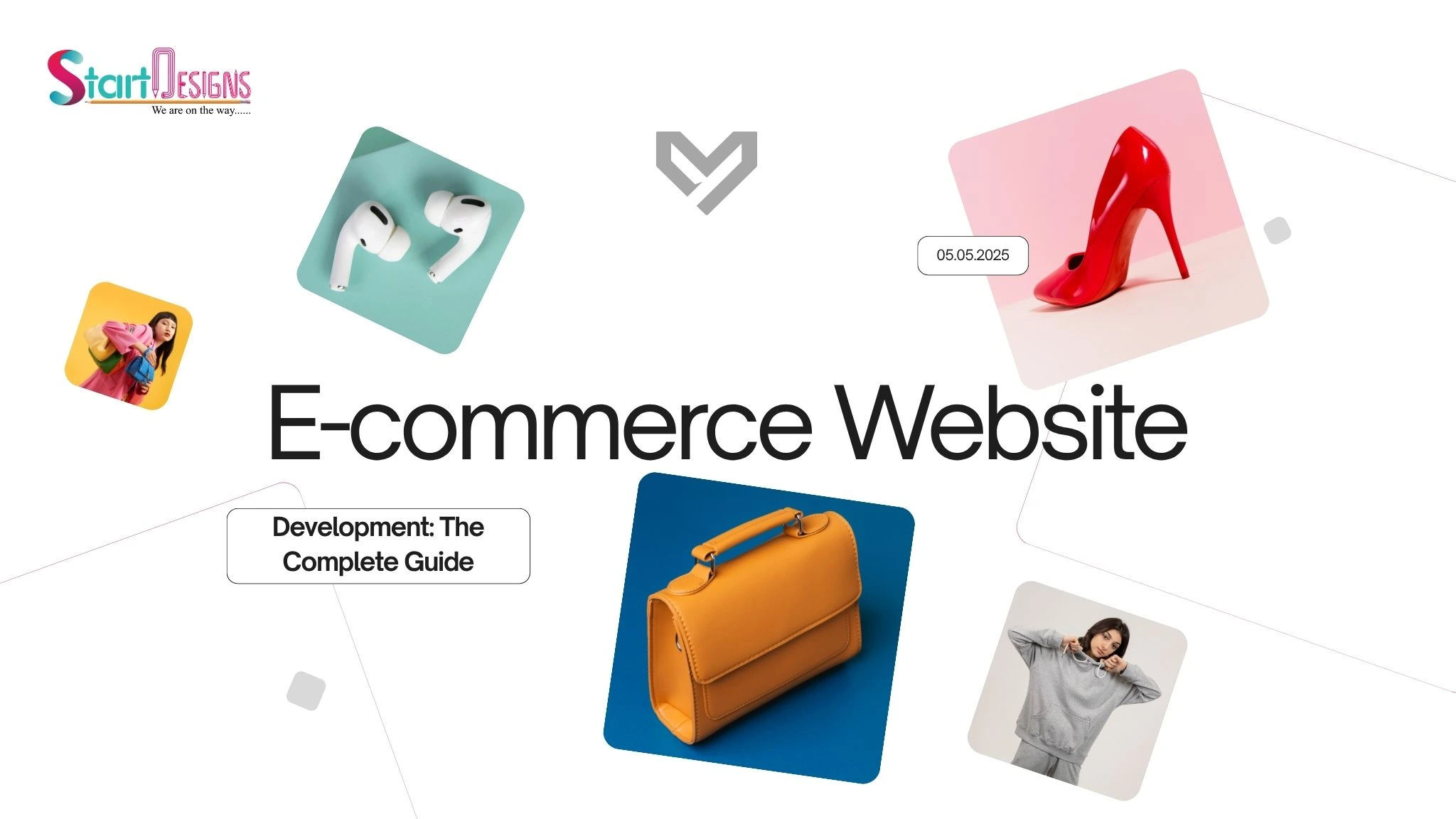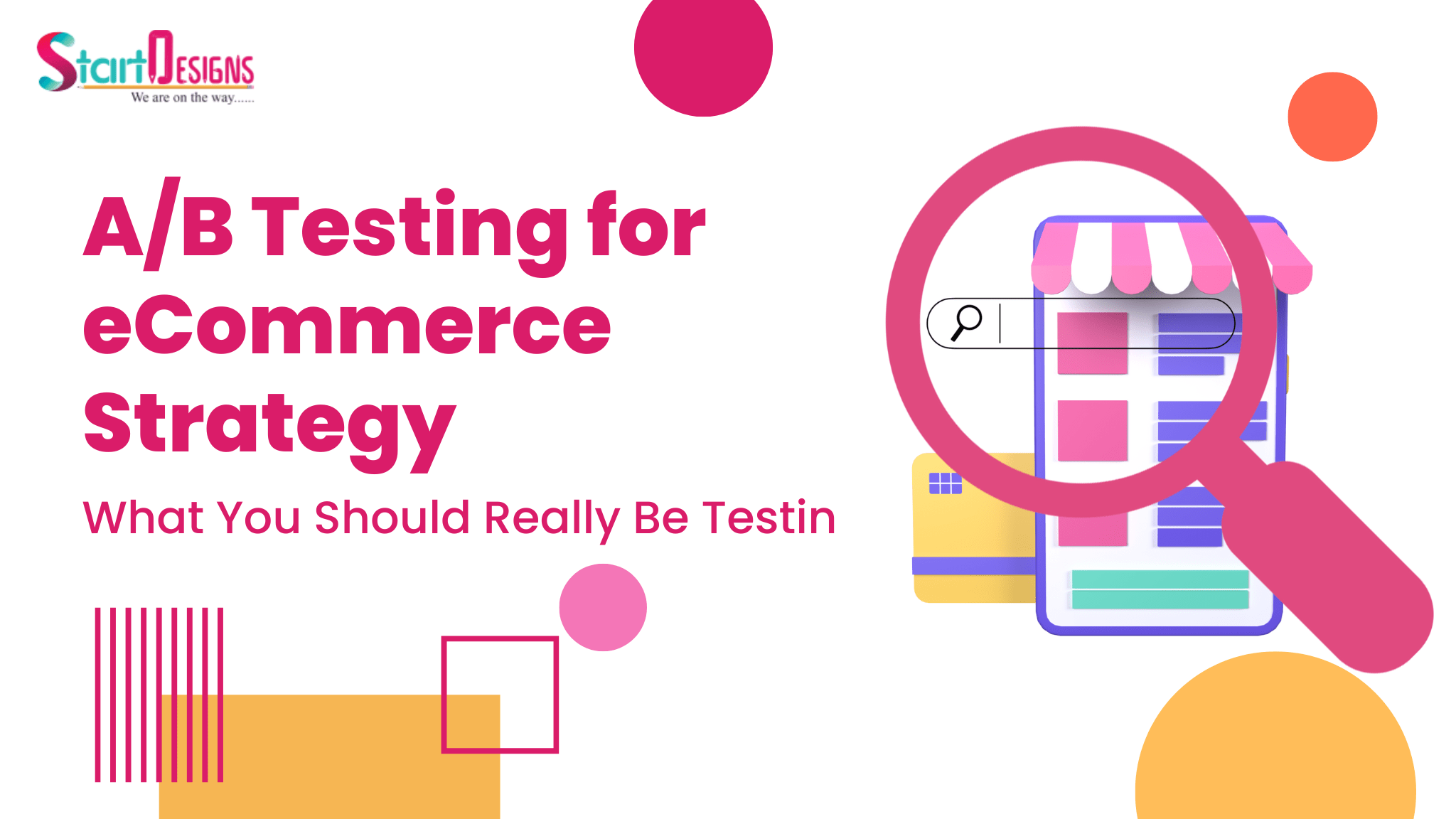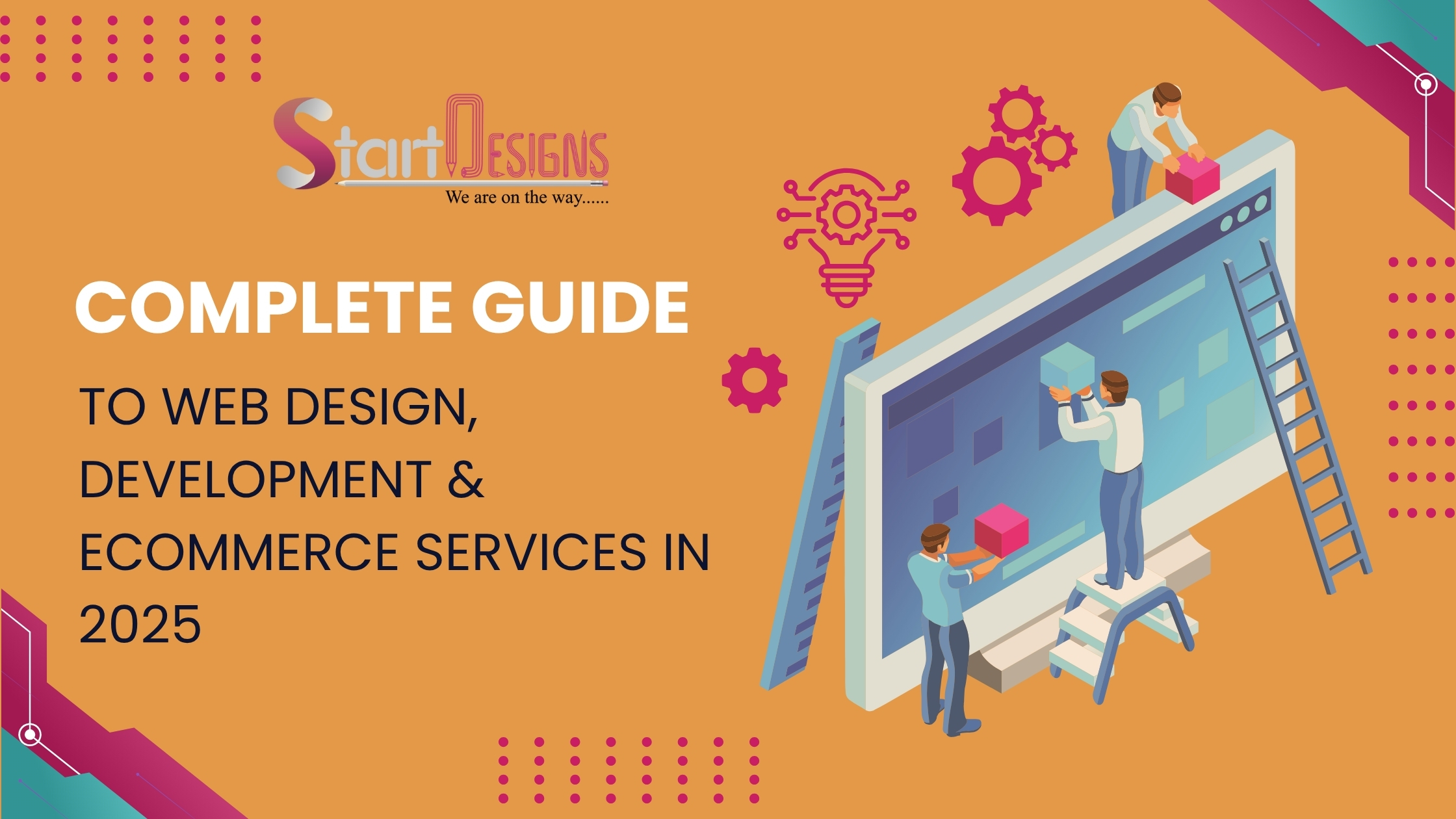Designing an eCommerce website is more than just creating a beautiful layout—it’s about crafting a seamless experience that converts visitors into loyal customers. With online shopping growing at an unprecedented pace, businesses need websites that are visually appealing, user-friendly, and optimized for performance. In this guide, we’ll walk you through the essential steps to design a high-converting eCommerce website in 2025.
Understanding Your Audience
Before you start designing, it’s critical to understand your target audience. Knowing your customers’ needs, preferences, and shopping behavior will help you make design choices that resonate with them.
- Demographics: Age, gender, location, and income level can influence your website’s design and functionality.
- Shopping Behavior: Do your customers prefer quick checkouts, detailed product descriptions, or visual inspiration? Understanding this will help shape your user experience.
- Pain Points: Identify common frustrations your audience faces online, such as complicated navigation or slow-loading pages, and address them in your design.
By keeping your audience at the center of your design process, you can create a website that feels personal, intuitive, and trustworthy.
Design Services Today!
Planning the User Experience (UX)
User experience is the backbone of any successful eCommerce website. A well-planned UX ensures that visitors can navigate your site easily, find products quickly, and complete purchases without frustration.
- Use a clear, simple menu structure.
- Include product categories and filters to help users narrow down options.
- Make the search bar easily accessible.
Product Pages
- High-quality images that showcase products from multiple angles.
- Detailed product descriptions with features, dimensions, and benefits.
- Customer reviews and ratings to build trust.
Checkout Process
- Reduce the number of steps to complete a purchase.
- Offer guest checkout to speed up transactions.
- Provide multiple payment options, including cards, digital wallets, and buy-now-pay-later solutions.
A smooth UX not only improves customer satisfaction but also reduces cart abandonment rates, which is crucial for boosting revenue.
Choosing the Right Platform
The eCommerce platform you choose can make or break your website. Some popular options include:
- Shopify: Ideal for beginners and small businesses due to its ease of use and scalability.
- WooCommerce (WordPress): Perfect for businesses that want full control over their site’s customization.
- BigCommerce: Suited for growing businesses that need advanced features and integrations.
When selecting a platform, consider factors such as:
- Customization capabilities
- SEO friendliness
- Payment gateway options
- Mobile responsiveness
Your platform choice should align with your business goals, technical expertise, and long-term growth plans.
Designing the Website
Ecommerce Website design is where creativity meets strategy. A visually appealing website grabs attention, while thoughtful design improves usability and conversions.
Homepage Design
- Use a clean, modern layout with a strong hero section.
- Highlight featured products, promotions, or bestsellers.
- Include clear calls-to-action (CTAs) like “Shop Now” or “Explore Collection.”
Product Pages
- Ensure images are high-resolution and optimized for web performance.
- Include product descriptions that answer all potential questions.
- Add social proof through reviews and testimonials.
Mobile Responsiveness
- Mobile traffic is increasingly dominant, so your site must look and function perfectly on smartphones and tablets.
- Buttons and links should be easy to tap, and images should scale correctly.
Brand Identity
- Use consistent colors, fonts, and imagery that reflect your brand.
- A strong brand identity builds recognition and trust among your customers.

Implementing Secure Payment & Checkout
Security is a top priority for online shoppers. A secure and seamless checkout process can significantly increase conversions.
- Payment Options: Offer credit/debit cards, PayPal, Apple Pay, and other popular methods.
- Guest Checkout: Allow users to complete purchases without creating an account.
- Trust Signals: Display SSL certificates, security badges, and clear return/refund policies.
By prioritizing security and simplicity, you can ensure a smooth shopping experience that encourages repeat purchases.
Optimizing for SEO and Performance
A beautiful website is useless if customers can’t find it. Optimizing for SEO ensures your site ranks well on search engines, driving organic traffic.
- Keyword Research: Use relevant keywords in product descriptions, headings, and metadata.
- Site Speed: Compress images, enable caching, and use a fast hosting provider.
- Mobile Optimization: Google prioritizes mobile-friendly sites in search rankings.
- Internal Linking: Link to related products and categories to improve navigation and SEO.
Performance optimization not only improves search rankings but also enhances user experience, reducing bounce rates.
Testing and Launching Your Website
Before going live, thorough testing is essential to ensure everything works perfectly.
- Cross-Browser Testing: Check functionality on Chrome, Safari, Firefox, and Edge.
- Device Testing: Test on desktops, tablets, and smartphones.
- Performance Testing: Identify and fix slow-loading pages.
- Error Checks: Fix broken links, missing images, and incorrect product details.
Once testing is complete, launch your website with a marketing plan that drives traffic and creates excitement among your target audience.
Incorporating Advanced Features for 2025
To stay competitive, modern eCommerce websites should include advanced features:
- AI Product Recommendations: Suggest products based on user behavior and preferences.
- Chatbots for Support: Provide instant assistance to customers, improving engagement and conversions.
- Personalized Experiences: Tailor content and offers based on user history.
- Social Media Integration: Enable easy sharing and login options through platforms like Instagram, Facebook, and Pinterest.
These features enhance user experience and increase the likelihood of repeat purchases.
Marketing Your eCommerce Website
Building the website is just the first step. Effective marketing is essential for attracting and retaining customers:

- Email Marketing: Send personalized offers and updates to subscribers.
- Social Media Campaigns: Promote products and engage with your audience on platforms like Instagram, X, and LinkedIn.
- Content Marketing: Use blogs, guides, and videos to educate and attract potential buyers.
- Paid Ads: Run targeted campaigns on Google Ads or social media to drive immediate traffic.
A well-rounded marketing strategy ensures your website reaches the right audience and drives conversions.
Maintaining and Updating Your Website
Launching your website isn’t the end—it’s just the beginning. Regular updates and maintenance are essential:
- Product Updates: Add new products, remove out-of-stock items, and update prices.
- Design Refreshes: Keep your site visually fresh to maintain user engagement.
- Security Updates: Regularly update software, plugins, and SSL certificates to prevent breaches.
- Performance Monitoring: Use analytics to track user behavior and identify areas for improvement.
Continuous optimization ensures your website remains competitive and delivers the best experience to your customers.
Conclusion
Designing an eCommerce website in 2025 requires a careful balance of aesthetics, functionality, and strategy. By understanding your audience, creating a seamless UX, optimizing for performance and SEO, and incorporating modern features, you can build a website that not only looks great but also drives sales.
At StartDesigns, we specialize in creating custom eCommerce websites tailored to your brand and business goals. From responsive design and secure checkout solutions to SEO-friendly layouts and advanced features, we help you deliver an exceptional shopping experience that converts visitors into loyal customers.
Whether you’re launching a new store or redesigning an existing one, following these steps will ensure your website stands out in the competitive online market of 2025.
About the author
Popular Posts


A/B Testing for eCommerce Strategy: What You Should Really Be Testing
October 4, 2025- 7 Min Read

Complete Guide to Web Design, Development & Ecommerce Services in 2025
July 16, 2025- 5 Min Read



